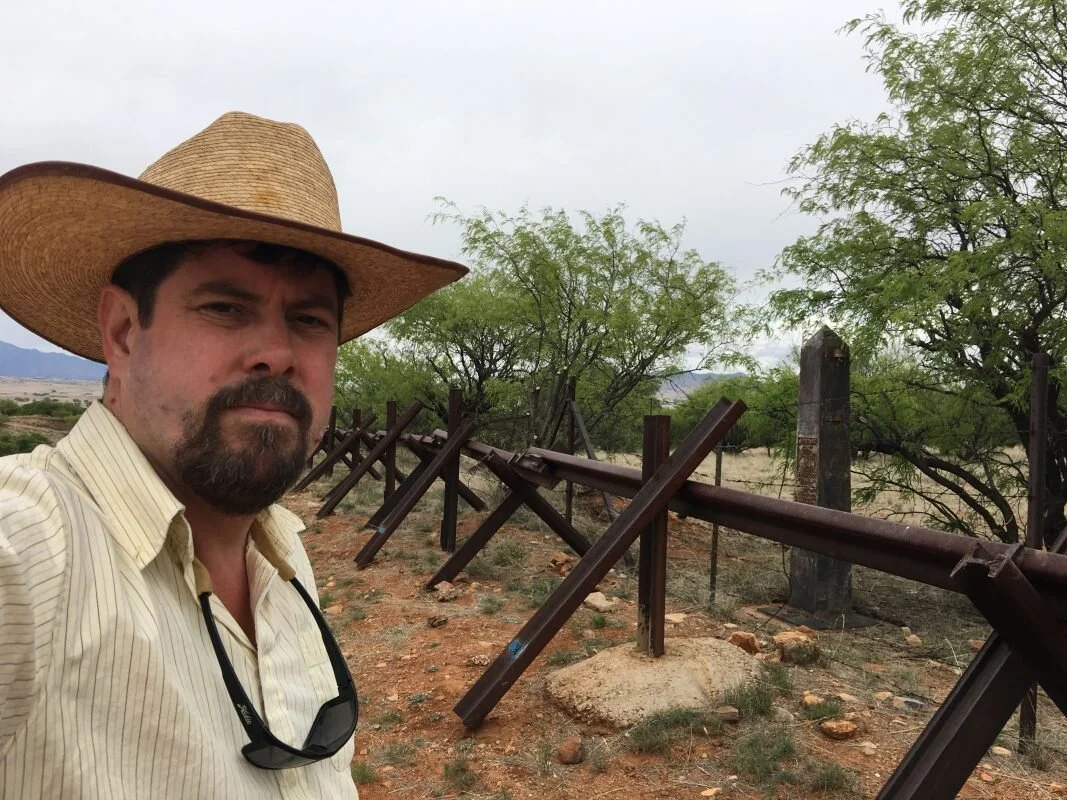How Border Walls Alter the Evolutionary History of North America
Earlier this week the House of Representatives passed H.R. 1158, which includes the Department of Defense and Department of Homeland Security 2020 Appropriations. Once again, Congress has delivered another blow to wildlands by providing $1.375 billion in funding for the construction of more border wall. This is enough funding for 350 more miles of wall in a landscape that has already had several wildlife corridors severed by walls and has fragmented the delicate and crucial connectivity that exists within the U.S.-Mexico Borderlands. Currently, border walls are being built in two national monuments and two national wildlife refuges in Arizona alone. With the waiver of 48 environmental, cultural and resource protection laws—made possible by Section 102 of the Real ID Act of 2005—iconic centuries-old saguaro cactus are being mowed down, and unregulated groundwater pumping to make concrete for the 30-foot steel walls is drying up springs and wells on private, state and federal lands.
Myles Traphagen is Wildlands Network’s Borderlands Program Coordinator. He is based in Tucson, Arizona and has worked on the U.S.- Mexico border for 20 years.
With the stroke of a pen, the Secretary of Homeland Security, an unelected (and in this case, unconfirmed—Trump’s third such one) official can waive up to 48 laws to build border walls. The Endangered Species Act can be waived, as can the Clean Water Act, Native American Graves Protection Act, and the Antiquities Act. Even our national emblem is not immune to the Secretary’s pen, for the Bald and Golden Eagle Protection Act is among the victims. Is it democracy to allow a political appointee to waive laws passed by Congress and the President, and which have also survived a century and a score of judicial review? When President William McKinley signed the Rivers and Harbors Act in 1899, he probably did not expect his legacy to be invaded by a legislative Trojan horse that arguably codifies an element of dictatorship. Ironically, the Rivers and Harbors Act, which “prohibits the construction of any bridge, dam, dike or causeway over or in navigable waterways of the U.S. without Congressional approval”, is the very law being violated now that is supposed to protect Black Draw, the main waterway that crosses the border into Mexico from the San Bernardino National Wildlife Refuge, from being filled and dredged. Last month, border wall contractors, with no oversight, bulldozed a dike across the only stream that harbors four endangered Rio Yaqui fishes, including the Yaqui catfish, the only native catfish west of the Continental Divide.
Border wall construction in Arizona, along with the high-intensity lighting that accompanies it, threatens the recovery of Arizona’s legendary jaguar and will also cut off vital wildlife corridors for black bear, Coues whitetail deer, javelina, pronghorn and all animals larger than four inches, depriving them of seasonal food and water resources which many desert species must migrate long distances to find. Border walls are altering the evolutionary history of North America. The Trump Administration’s policies, coupled with the tacit support of Congress, are destroying our parks, refuges and wildlife. The building of grotesque border walls that wreak havoc upon our wildlands must stop. America has led the world in conservation for 150 years, but has embarked upon a methodical course of ecological destruction upon our pristine Arizona deserts, grasslands and mountains. Stand up for America’s natural and cultural heritage and demand that your elected officials not support border walls and that they repeal Section 102 of the Real ID Act.


